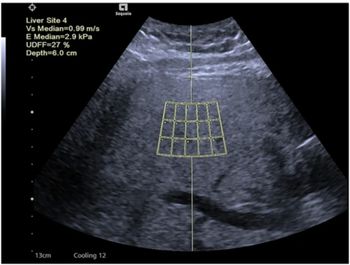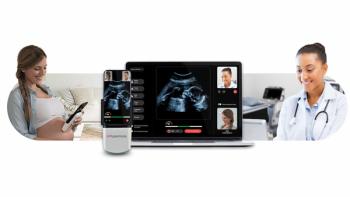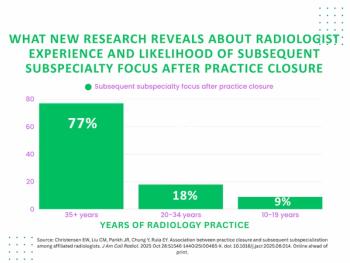
CAD-RADS Outperforms CAC Scoring in Predicting Major Cardiovascular Events
System does a better job of indicating which patients with acute chest pain could experience adverse outcomes.
When it comes to predicting major cardiac events, the Coronary Artery Disease Reporting and Data System (CAD-RADS) does a better job with patients who have chest pain than coronary artery calcium (CAC) scoring.
In an article published July 19 in
Their work shows relying on CAD-RADS can provide benefit to patients who could be facing major adverse cardiovascular events (MACE).
“The Coronary Artery Disease Reporting and Data System category had an incremental prognostic value compared with clinical risk factors and coronary artery calcium score to predict future major adverse cardiovascular events in patients with acute chest pain presenting to the emergency department,” said the team led by Ji Won Lee, M.D., Ph.D., from the Pusan National University radiology department. “Our results showed that a higher CACS, higher CAD-RADS categories, and presence of high-risk plaque are associated with future MACE risk after adjusting for clinical risk factors.”
For their study, Lee’s team assessed CCTA exams from 1,492 patients who presented to four emergency department between January 2010 and December 2017. During that time, they determined that CAD-RADS augmented risk stratification more than clinical risk factors did with or without CAC scoring. Their findings also showed that CAD-RADS and existing high-risk plaque were independent MACE predictors.
Specifically, during 31.5 months of follow-up, 103 patients (7 percent) experienced MACEs. The team’s analysis revealed that having moderate-to-severe CACS was associated with MACE after adjusting for clinical risk factors, as were CAD-RADS categories 3, 4, or 5. Ultimately, the C statistics showed that CAD-RADS risk stratification improvement was 0.85 over clinical factors alone (0.63) or in combination with CAC scoring (0.76).
In an accompanying
She noted that these findings underscore ongoing efforts that show the system can help radiologists better communicate CT findings to referring providers. In addition, she pointed out that the system could help with quality-of-care standardization, ultimately improving patient outcomes.
“This valuable study…gives a first glimpse, but a defining and consequential one, of the value that a standardized CCTA reporting system, including its additional CAD features, can have in patients with acute chest pain,” she said. “CAD-RADS helps to standardize quality of care and, moreover, may improve the outcome in patients with acute chest pain across emergency departments. Although it may still be, as to be expected in such a study, a preliminary expectation, in my opinion, it is a big step in the right direction.”
For more coverage based on industry expert insights and research, subscribe to the Diagnostic Imaging e-Newsletter
Newsletter
Stay at the forefront of radiology with the Diagnostic Imaging newsletter, delivering the latest news, clinical insights, and imaging advancements for today’s radiologists.






























